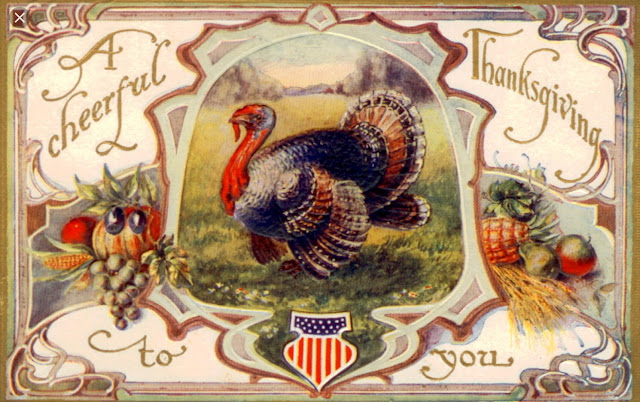Princess Radziwill was a devoted wife and mother. She cared little for society, but entertained her intimate friends constantly. Her manners were simple and unaffected, her generosity unbounded, and in no way had she the appearance of a parvenu, but she disliked the cares of housekeeping and preferred the first floor of the Hotel Meurice, Rue de Rivoli.
A Rochefoucauld to Wed a Princess with a Dowry of Six Million
————————————————
Two Well-Known Families, Each With a Long Line of Ancestors, to Be United
Paris, March 4, 1894 — I hear on good authority that the engagement of Princess Louise Radziwill with Count Armand de la Rochefoucauld, although often contradicted, is a fact, and the marriage will soon take place. Princess Louise Radziwill is the daughter of Prince Constantin Radziwill and of the Princess, nee Louise Blanc. In 1880 Prince Roland Bonaparte married Marie Blanc, but she died in 1881. A few years before Prince Constantin Radziwill had married her sister, Louise, and their family consists of several sons and daughters. Constantin Radziwill has been naturalized French, and, as the republic does not recognize foreign titles, the children are not legally Princes and Princesses. At one time the Radziwills owned a superb mansion in the Avenue Bouquet, but the Princess disliked the cares of housekeeping and preferred the first floor of the Hotel Meurice, Rue de Rivoli. The proprietor has made many changes and transformations to please the Radziwills, and they consider themselves much happier than in a private house.
Princess Radziwill is a devoted wife and mother. She cares little for society, but entertains her intimate friends constantly. Her manners are simple and unaffected, her generosity unbounded, and in no way has she the appearance of a parvenu. Her sister-in-law, Princess Dominique Radziwill, is not so beloved by Parisians. She is domineering and snobbish, although belonging to a Cuban family of modest position. Constantin and Dominique Radziwill are inseparable, and are called Orestes and Pylades. They dress alike and might be taken for twin brothers. Princess Radziwill believes in fortune-tellers and in all those who predict the future by cards; strange a Blanc should have such confidence in cards. Prince Constantin has purchased the Chateau d' Ermenouville, near Paris, and here the Radziwills will occasionally give hunting parties and fetes champêtres. The family is very ancient and came from Lithuania ; the name Radziwill was given to a high priest— radzi signifying "who advises" and "will" being an abreviation of Wilna. – Baroness Althea Salvadoe, 1894
Etiquette Enthusiast Maura J. Graber is the Site Editor for the Etiquipedia© Etiquette Encyclopedia























